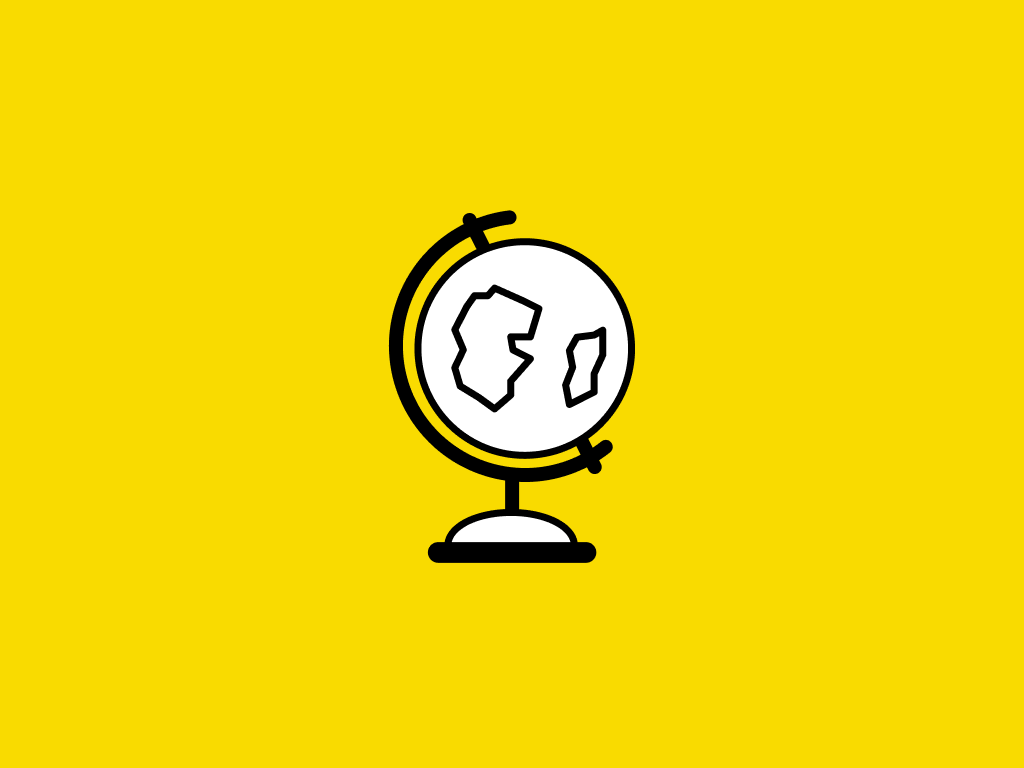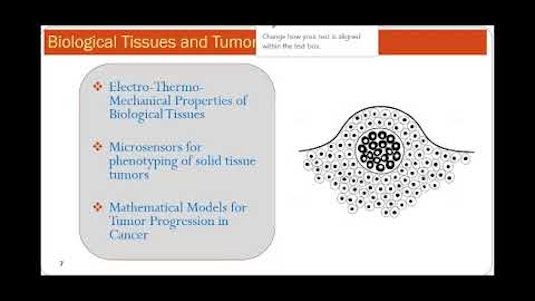
Description
Have you ever noticed how often you need maths skills in everyday life? This free course serves as good preparation for Level 1 Functional Skills in maths, and whilst it doesnot cover all aspects of the current curriculum, it is designed to inspire you to improve your current maths skills and help you to remember any areas that you may have forgotten.Working through the examples and interactive activities in this course will help you to, among other things, run a household or make progress in your career. To complete the course you will need access to a calculator and a notepad and pen.Enrolling on this course will give you the opportunity to earn an Open University digital badge. The badge is a great way to demonstrate your interest in the subject. What you learn by completing the course will really help if you wish to enrol on a formal qualification.Once you are signed in, you can manage your digital badges online from your OpenLearn Profile. In addition, you can download and print your OpenLearn Statement of participation – which also displays your badge.Thiscourse has been produced as part of the Department for Education’s Flexible Learning Fund 336 and with the kind support of DangoorEducation337, the educational arm of The Exilarch’s Foundation.This course was written by Middlesbrough College in partnership with Bedford College Group, West Herts College and The Open University, in collaboration with Coleg Cambria, Adult Learning Wales, Coleg Gwent and the NPTC Group of Colleges.
Tags
Syllabus
- Introduction and guidance
- Introduction and guidance
- What is a badged course?
- How to get a badge
- Session1Session 1: Working with numbers
- Introduction
- 1 Whole numbers
- 1.1 Positive numbers and place value
- 1.2 Negative numbers
- 1.3 Working with whole numbers
- 1.4 A note on the four operations
- 2 Rounding
- 2.1 Estimating answers to calculations
- 3 Fractions
- 3.1 Fractions of amounts
- 4 Decimals
- 4.1 Approximations with decimals
- 4.2 Calculations using decimals
- 5 Percentages
- 5.1 Percentage increases and decreases
- 6 Equivalencies between fractions, decimals and percentages
- 7 Ratios
- 8 Proportion
- 9 Word formulas and function machines
- 9.1 Formulas in words
- 9.2 Function machines
- 10 A quick reminder: checking your work
- 11 Session 1 quiz
- 12 Session 1 summary
- Session2Session 2: Units of measure
- Introduction
- 1 Using metric measurements
- 1.1 Changing units
- 2 Mileage charts
- 2.1 Adding distances
- 3 Estimating, measuring and comparing weights
- 3.1 Weighing things
- 3.2 Comparing weights
- 4 Capacity
- 4.1 Changing units
- 4.2 Using pints and gallons
- 5 Measuring temperature
- 5.1 Reading temperatures
- 5.2 Understanding temperature
- 6 Session 2 quiz
- 7 Session 2 summary
- Session3Session 3: Handling data
- Introduction
- 1 Collecting data
- 2 Handling data
- 3 Pictograms
- 4 Pie charts
- 5 Bar charts
- 6 Line graphs
- 7 Averages
- 7.1 Advantages and disadvantages of using the arithmetical average
- 8 Finding the range
- 9 Probability
- 9.1 Probability scales
- 10 Session 3 quiz
- 11 Session 3 summary
- Session4Session 4: Shape and space
- Introduction
- 1 Around the edge
- 1.1 Measuring the perimeter of irregular shapes
- 2 Area
- 3 Scale drawings
- 4 Maps
- 5 Session 4 summary
- 6 End-of-course quiz
- 7 Bringing it all together
- 8 Next steps
- Acknowledgements

-
TypeOnline Courses
-
ProviderOpenLearn
- Introduction and guidance
- Introduction and guidance
- What is a badged course?
- How to get a badge
- Session1Session 1: Working with numbers
- Introduction
- 1 Whole numbers
- 1.1 Positive numbers and place value
- 1.2 Negative numbers
- 1.3 Working with whole numbers
- 1.4 A note on the four operations
- 2 Rounding
- 2.1 Estimating answers to calculations
- 3 Fractions
- 3.1 Fractions of amounts
- 4 Decimals
- 4.1 Approximations with decimals
- 4.2 Calculations using decimals
- 5 Percentages
- 5.1 Percentage increases and decreases
- 6 Equivalencies between fractions, decimals and percentages
- 7 Ratios
- 8 Proportion
- 9 Word formulas and function machines
- 9.1 Formulas in words
- 9.2 Function machines
- 10 A quick reminder: checking your work
- 11 Session 1 quiz
- 12 Session 1 summary
- Session2Session 2: Units of measure
- Introduction
- 1 Using metric measurements
- 1.1 Changing units
- 2 Mileage charts
- 2.1 Adding distances
- 3 Estimating, measuring and comparing weights
- 3.1 Weighing things
- 3.2 Comparing weights
- 4 Capacity
- 4.1 Changing units
- 4.2 Using pints and gallons
- 5 Measuring temperature
- 5.1 Reading temperatures
- 5.2 Understanding temperature
- 6 Session 2 quiz
- 7 Session 2 summary
- Session3Session 3: Handling data
- Introduction
- 1 Collecting data
- 2 Handling data
- 3 Pictograms
- 4 Pie charts
- 5 Bar charts
- 6 Line graphs
- 7 Averages
- 7.1 Advantages and disadvantages of using the arithmetical average
- 8 Finding the range
- 9 Probability
- 9.1 Probability scales
- 10 Session 3 quiz
- 11 Session 3 summary
- Session4Session 4: Shape and space
- Introduction
- 1 Around the edge
- 1.1 Measuring the perimeter of irregular shapes
- 2 Area
- 3 Scale drawings
- 4 Maps
- 5 Session 4 summary
- 6 End-of-course quiz
- 7 Bringing it all together
- 8 Next steps
- Acknowledgements
Tags
Related Courses


Vector and Matrix Algebra

Pre-MBA Quantitative Skills: Data Analysis

Mathematical Aspects Of Biomedical Electronic System Design

A-level Further Mathematics for Year 12 - Course 1: Complex Numbers, Matrices, Roots of Polynomial Equations and Vectors

Master of Data Science

Analysis I (part 3): Sequences of real numbers I and II

3 Minute Maths - Fractions

Praxis Elementary Education: Curriculum, Instruction and Assessment (5017) Prep

TExES Core Subjects EC-6 (391): Practice & Study Guide

FTCE Mathematics 6-12 (026) Prep


 Online Courses
Online Courses  OpenLearn
OpenLearn
